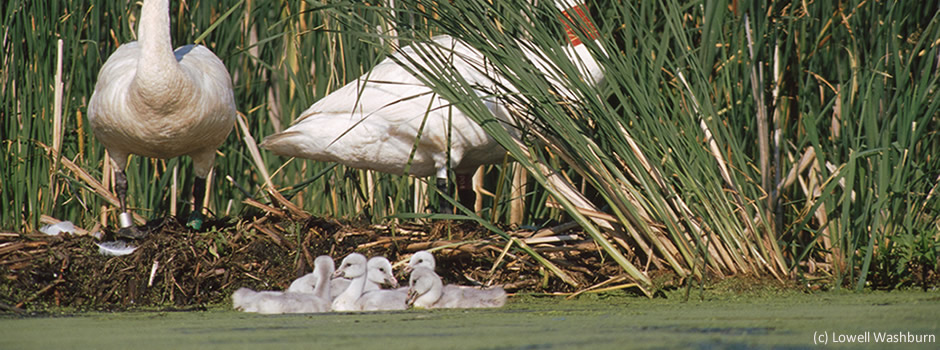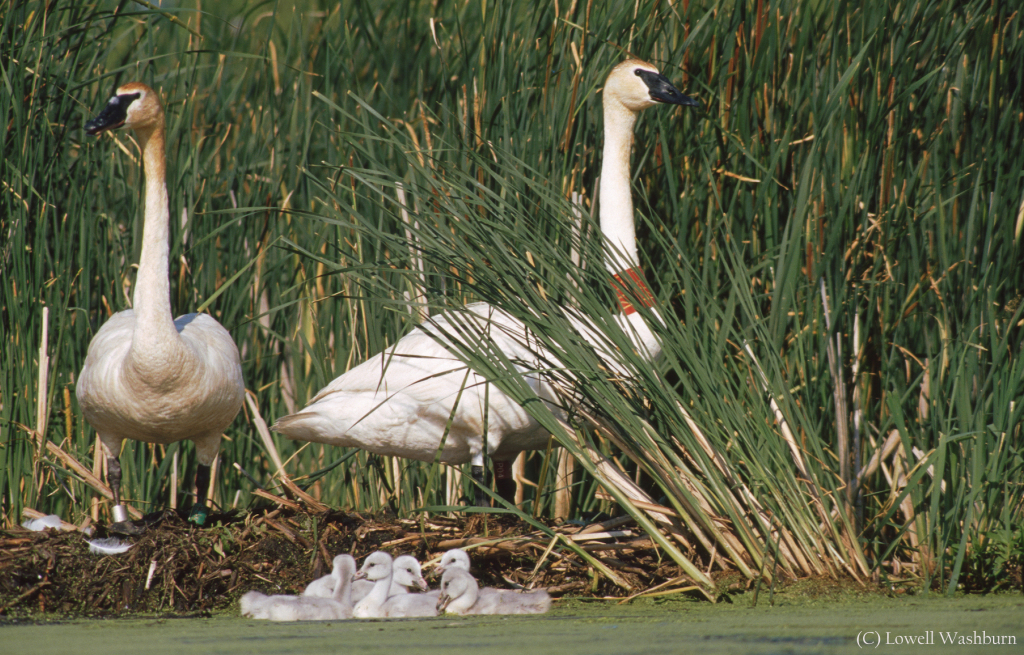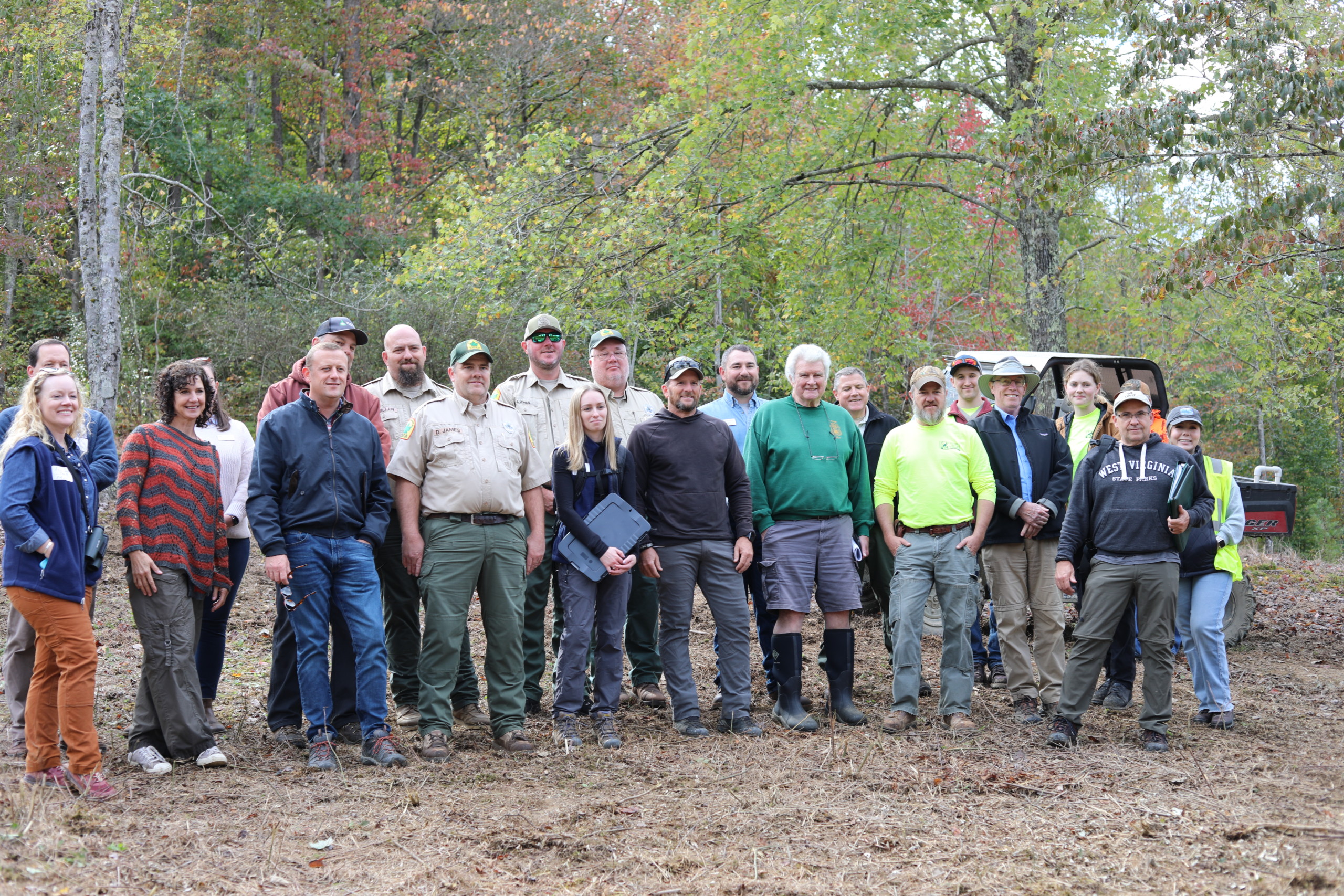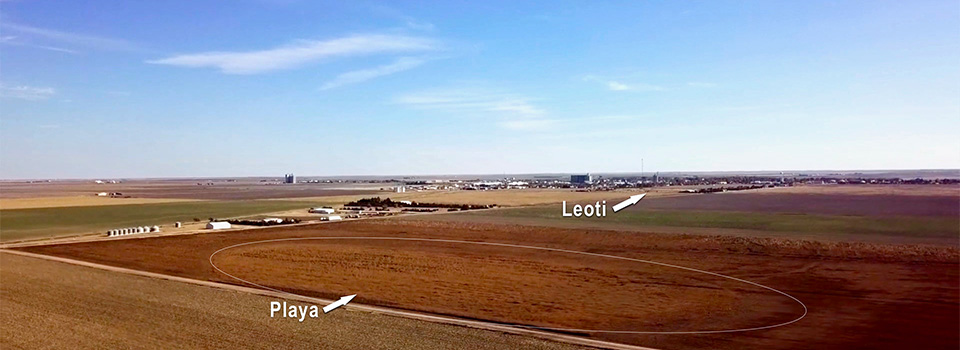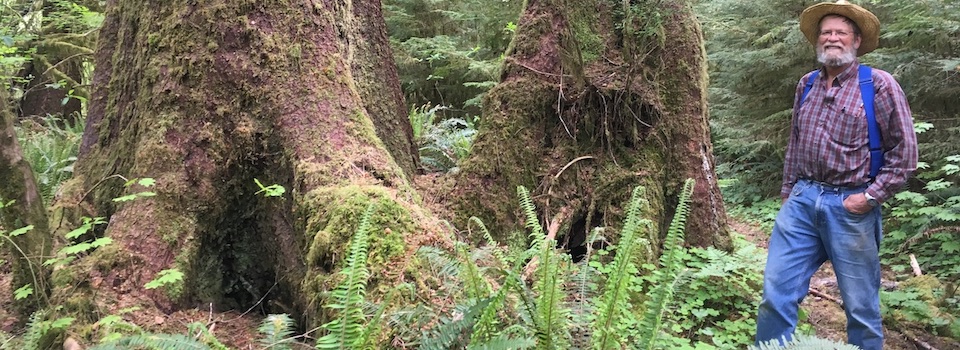Trumpeter Swans in the Prairie Pothole Region of Iowa are making a remarkable comeback. By the late 1800s habitat conversion had extirpated the species from the region. Thanks to partnerships for habitat restoration, today there is a healthy population.
The fall and rise of Trumpeter Swans in North America is an amazing story. It started with the westward expansion. Settlers turned virgin prairie and wetlands into farmsteads and farm fields. As a result, trumpeter populations plummeted. Swans had high economic importance. Products like quill pens, powder puffs, pillows, quilts, and hats all used swan feathers. But it wasn’t just feathers. Swan meat and eggs were also a staple of the pioneer diet. Settlers exported more than 100,000 Trumpeter Swans between 1880-1920.
At the same time, settlers in Iowa began draining wetlands to create land for agriculture. Eventually all that remained were a few silt-filled marshes with little wildlife value. In the end settlers drained 98% of Iowa’s prairie wetlands. In 1883 the last nesting pair of Trumpeter Swans disappeared from what is now the Twin Lakes Wildlife Area in Hancock County.
In the 1930s a nationwide survey found only 69 Trumpeter Swans remained in the lower 48 states, all in southwest Montana. No Trumpeter Swans called Iowa home for the next 112 years.
In 1993 the Iowa Department of Natural Resources (DNR) began efforts to restore Trumpeter Swans. The goal: a self-sustaining, migratory population within its native range, in Iowa’s prairie potholes.
The Iowa DNR and its partners released more than 1,150 trumpeters beginning in 1995. They put more than 90% of these birds in the Prairie Pothole Region. But releasing birds was just one part of the equation. The team also worked to restore wetlands and shallow lakes. This is when the swan project really took off.
In north central and east central Iowa, it became clear that bird releases were working. Trumpeter Swan populations in these areas began to reach sustainable levels. The team then turned its focus to restoration and habitat improvement. They reduced the number of releases and began to restore wetlands and improve water quality. Healthy wetlands benefit people by filtering impurities from the water and providing flood control. Just as important, they provide rest stops and refueling stations for migrating birds.
These restored areas became magnets for the swans. Of the 45 nesting pairs documented in 2014, all but eight are in the Prairie Pothole Region.
Other bird species that need high quality habitat also enjoy these restoration efforts. Shallow lakes projects and renovations at Diamond Lake, Dan Green Slough, Virgin Lake, Big Wall Lake, Four Mile Lake, Lizard Lake, Silver Lake Burr Oak Lake help species like Black Tern, Horned, Eared, Red-necked, and Western grebes, and large numbers of migrating waterfowl.
A common link among these projects was the improved ability to manage water levels. Each renovation became a showcase in gaining support for the next. Initial reluctance from nearby residents turned into support. People began to understand the importance of active management to replicate natural cycles. It was clear: these shallow lakes could become high value systems once again.
Trumpeter Swans were in the region long before Iowa became a state. This makes returning them to the landscape even more significant.
Seeing wildlife return tells us that our restoration efforts have been successful. The hard work and focused 20-year effort has paid off. We have restored the potholes and the Trumpeter Swan has returned to Iowa’s prairie wetlands. The U.S. Fish and Wildlife Service’s five-year North American Swan Survey, which begins this year, will showcase these successes.
For more information, contact Dale Garner, Ph.D., Wildlife Bureau Chief, Iowa Department of Natural Resources.



